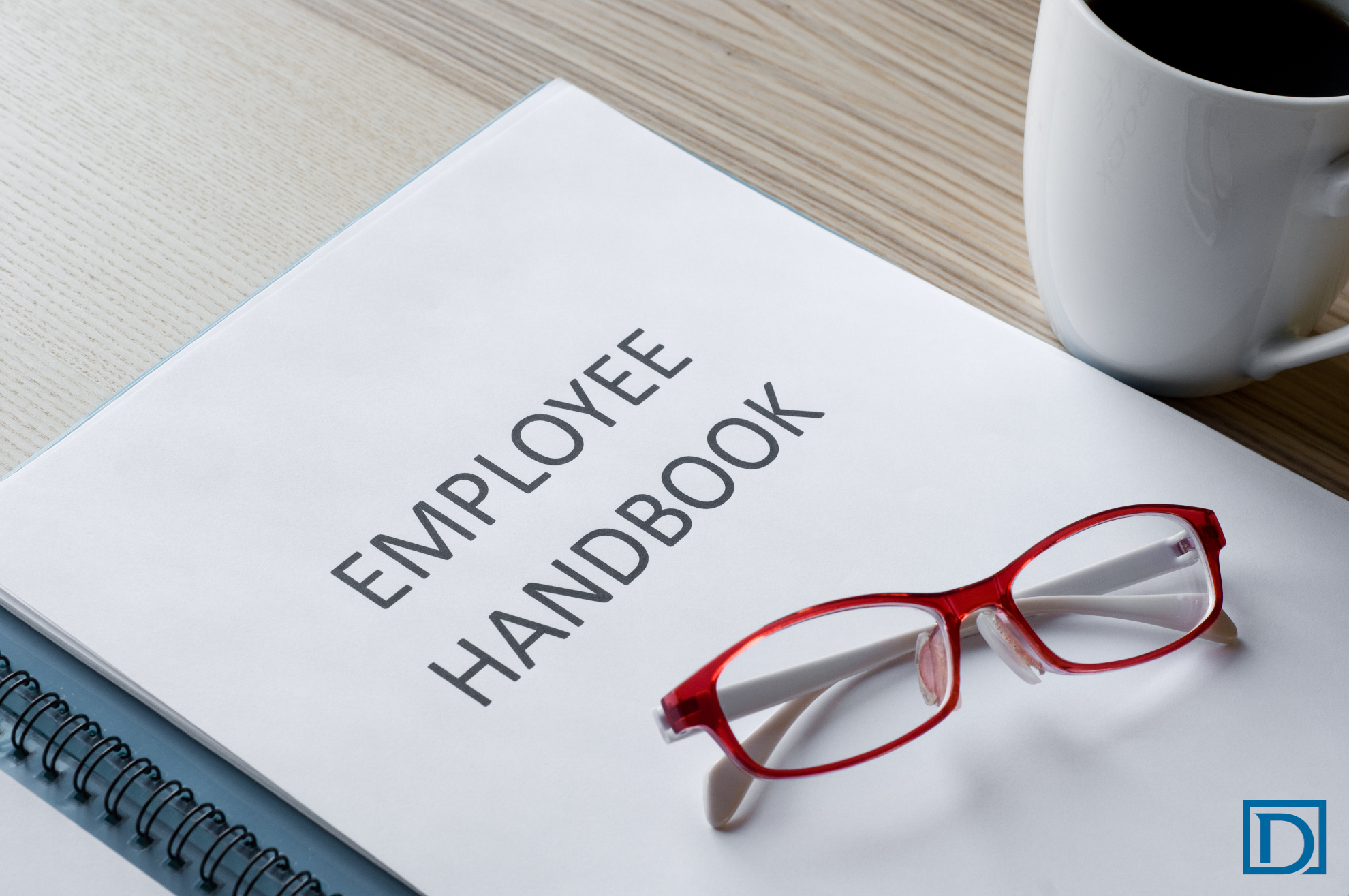 The decline of the manufacturing economy and the rise of the service economy in the United States have expanded the importance of developing business processes that give businesses a competitive advantage. A recent opinion by the United States Supreme Court has apparently expanded the scope of patent law to include business processes. How far patent law will expand in scope is yet to be determined, but for now, businessmen will have greater incentives to create new and efficient processes.
The decline of the manufacturing economy and the rise of the service economy in the United States have expanded the importance of developing business processes that give businesses a competitive advantage. A recent opinion by the United States Supreme Court has apparently expanded the scope of patent law to include business processes. How far patent law will expand in scope is yet to be determined, but for now, businessmen will have greater incentives to create new and efficient processes.
The United States Constitution provides the exclusive right to determine patent disputes to the federal government. The Federal Patent Act provides in part, “[w]hoever invents or discovers any new and useful process, machine, manufacture, or composition of matter, or any new and useful improvement thereof, may obtain a patent therefor, subject to the conditions and requirements of this title.”
In Bilski v. Kappos, the Supreme Court determined that a business process may be patentable. The key issue in the case was “whether a patent can be issued for a claimed invention designed for the business world.” Essentially, the case turned on what the term “process” means under patent law. A process is defined as “process, art or method, and includes a new use of a known process, machine, manufacture, composition of matter, or material.”
The Supreme Court disagreed with the Federal Circuit Court of Appeals decision, which held that the machine or transformation process was the exclusive method for determining the validity of whether a patent was a “process.” The machine or transformation test required that a patent process be: 1) tied to a machine or apparatus or 2) transforms a physical article into a different state or thing or some physical change to an item.
The Supreme Court ruled that the term “process” did not need to be tied to a particular machine. Although, the patent in this particular case did not warrant the granting of a patent, the Supreme Court opened the door for patent processes that may involve business processes.
This article was written by Matthew Ehrlich, Legal Clerk at Demorest Law Firm.



